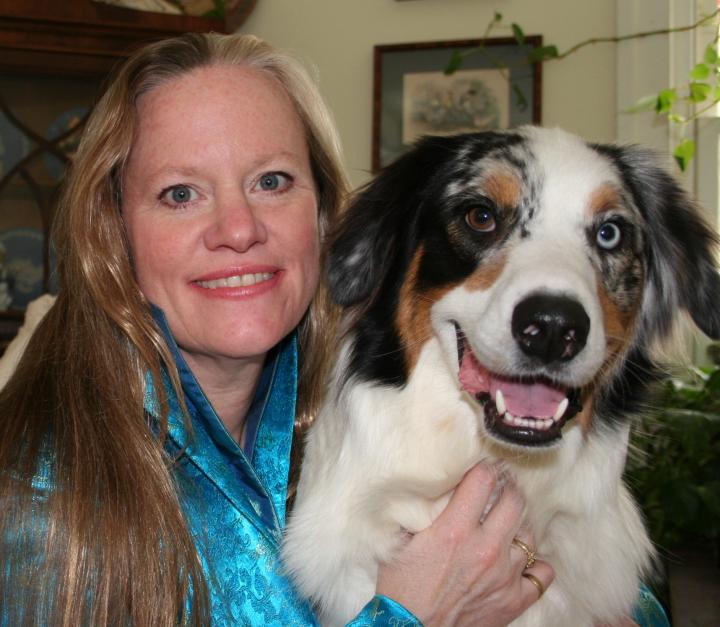Question submitted by the audience in our recent webinar:"The Importance of Exercising Your Dog's Brain for Optimal Physical and Mental Health":
Do dogs in a pack, let's say a pack of 4 or 5, need as much stimulation as single dogs in a home?
Answer by: Karen Overall, MA, VMD, PhD, DACVB

This is an interesting question, as it addresses numerous issues.
First, most dogs in homes don’t live in true packs where they are all born into and grow and mature in an extended social group of relatives who work together, share care, modulate risk, and teach the pups. Most of our household dogs do not comprise an extended intergenerational, genetically related group (but some who live in breeders’ households may) and they don’t really do the kind of work in care, protection and provisioning – which is intellectually challenging - that true packs do. So, we are not talking about the same stimulatory environments and that difference matters greatly.
The answer to the core of this question – if you have multiple dogs do they exercise each other’s brains – depends on how the dogs interact with each other. If they engage in complex play, collaborative work (whether it’s grooming or herding), or hang around outside and do things together (move or monitor stock, engage in play dates, explore, walk in the park where they share experiences….this is different than having 2 separate and disengaged dogs walking together), they may be getting a lot of mental stimulation with dogs, but still are not getting it in the unique collaborative relationship with humans. And, virtually all interactions are truly dyadic – between 2 individuals. Even when interacting with a group, social animals do this one individual at a time, albeit possibly with lots of switching.
How much actual stimulation dogs give each other can be estimated by video. Everyone should video their dogs at least a few times a year when they are with humans and when they are left. The videos are always informative. Regardless of how many dogs there are, they all have different needs and respond differently to different stimulatory environments. They all are happy when praised or engaged, suggesting that that singular interaction provides something that they do not provide amongst themselves. I think that the danger is that when people have multiple dogs they think they need to do less, and when someone does more (and it may not be much) they see dogs change and blossom.